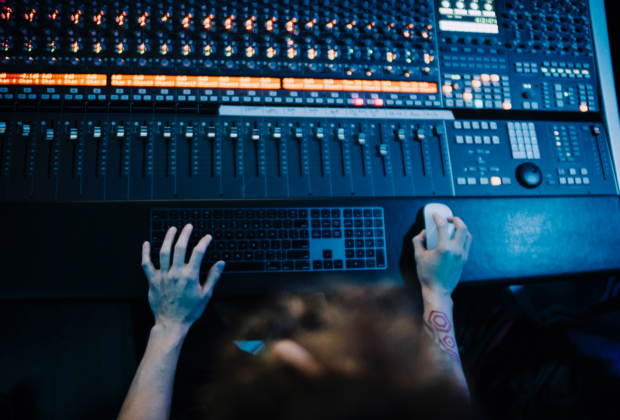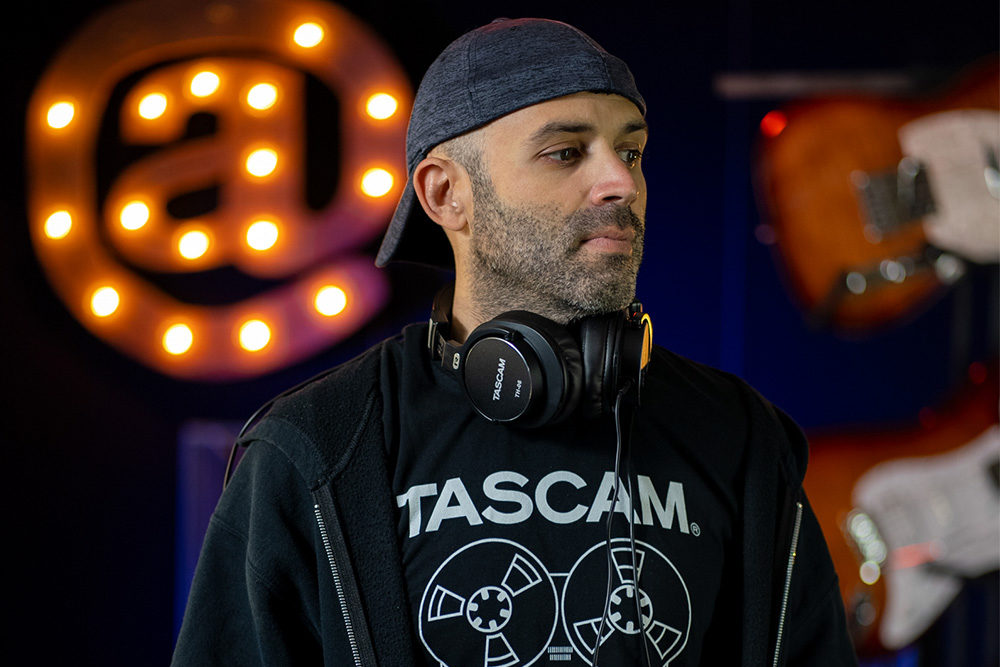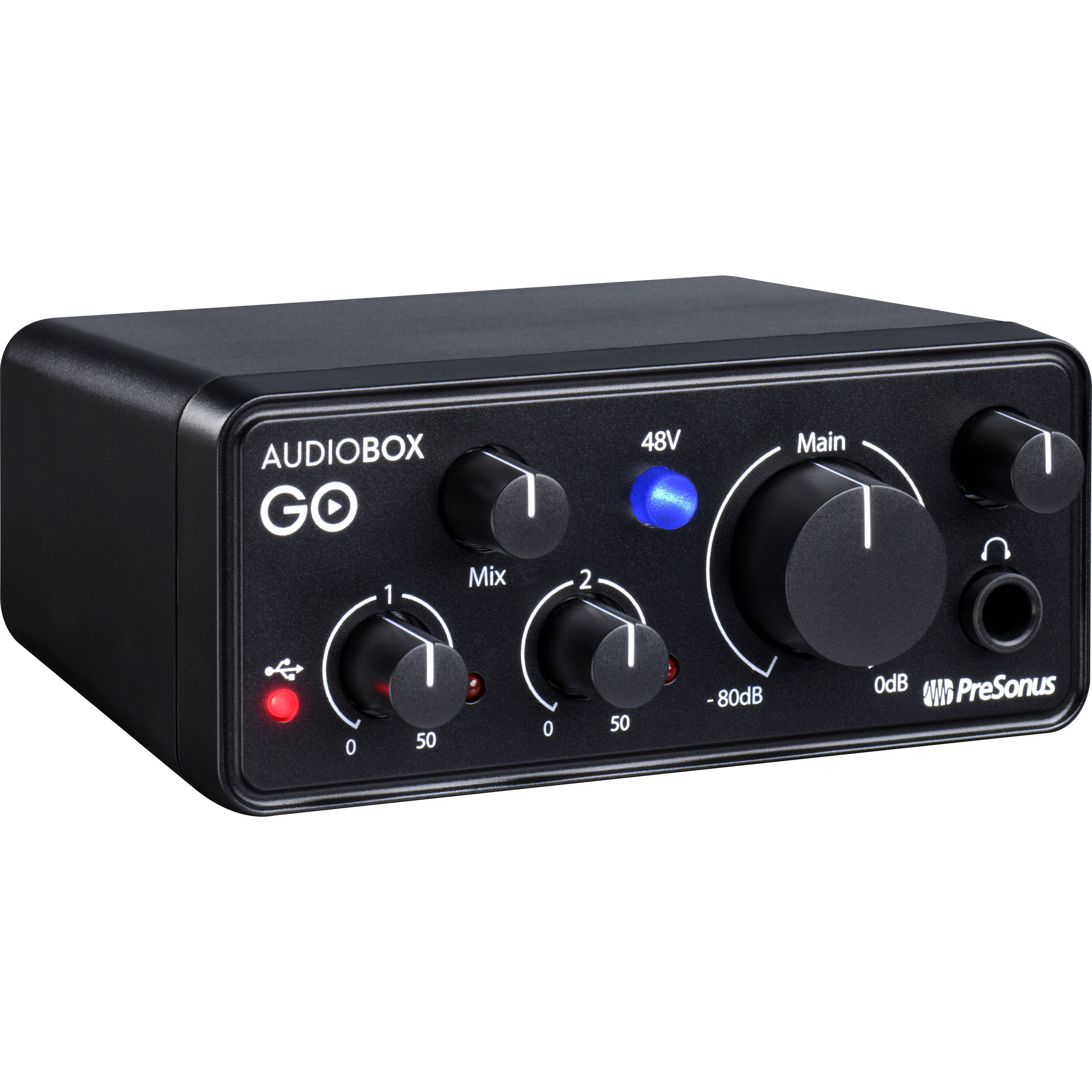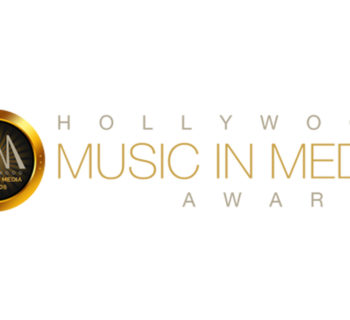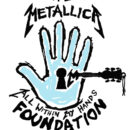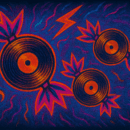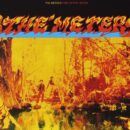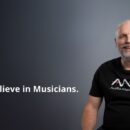Music distribution is as old as the music industry itself. Even when sheet music publishing companies ran the business, they needed someone to print out the scores and deliver them to the stores. That is where the distributors came in. While the core role of music distributors stayed the same for over a century, their workflow and business models have been subject to constant change, and those changes had a massive effect on the music industry. From the pre-2000s “era of CD” to “the era of streaming” that is used today, we still use the dominant distribution medium to define the stages of the industry’s development.
In 2001, the recording industry was almost exclusively physical. Two decades later, physical sales make up less than 1⁄4 of all global recording revenues with the share going down to 10% for the more developed digital markets. Most of the music distributors turned from supply chain managers into providers of digital infrastructure and rights administrators.
Today, you’re able to make your song available to listeners worldwide by simply uploading your song to the internet. So, why would there still be a need for distribution intermediaries? Can’t the artist just, “Do It Yourself?” Not really. The distributors are still an integral part of the recording chain, taking upon themselves a few core roles:
DISTRIBUTING RELEASES TO DSPS
There are “direct artist platforms” like Bandcamp or SoundCloud that don’t require a distributor. You set up an artist page, upload your music, and that’s it. However, they’re just a fraction of the plethora of digital distribution resources. In today’s digital environment, a well-oiled tech pipeline is a must, because most DSPs and social media platforms don’t allow direct music uploads, forcing the artist to go through distributors/aggregators. Spotify recently closed off its direct upload program after a year of beta-testing, stating “music distribution is best handled by partners.” DSPs would rather work with distributors to save themselves from dealing with unstandardized metadata and payout distribution. Artists can (technically) upload their music on iTunes themselves, but Apple suggests you go through a distributor to ensure the release metadata fits the platform’s requirements. Some of the broadest digital distribution networks claim to source over 600 online stores, and all the different DSPs have different metadata standards that make it virtually impossible to handle digital music distribution manually.
ROYALTIES ALLOCATION
In the world of streaming, the rights owners now earn money the second the user presses play. The value of that stream depends on dozens of factors, and with the royalty calculation as complicated as it is now, imagine if Spotify, Tidal or Apple Music had to pay out those royalties directly to every artist. The administrative costs would go through the roof, even if they’d gotten the metadata and banking details correctly, and the rights owners themselves wouldn’t be too enthusiastic about getting paid separately from each digital platform. The distributors fill that gap serving as a sorting plant for royalties from DSPs to rights owners, ensuring every “master” dollar goes back into the recording industry (while the composition/publishing royalties go through a separate pipeline of CMOs, PROs, and publishers).
MARKETING DISTRIBUTION STRATEGY AND TRADE MARKETING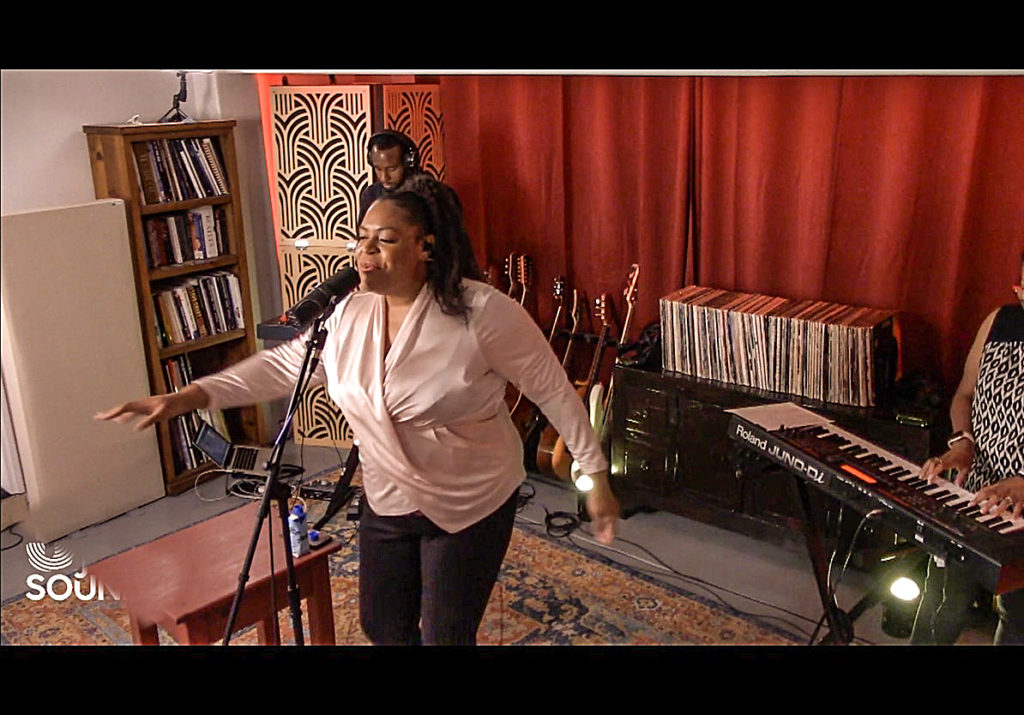
A customer walks into the record store where they’re presented with hundreds of options. Each music genre section offers a variety of artists in that specific genre, the “New Release” section promotes the latest blockbuster releases and there is a “Features Shelf” at the entrance of the store.
Today we don’t have many record stores anymore, but the same principle still applies. A person opens Spotify, clicks on “New Music Friday” and presses play. The track that plays is the No. 1 song of the week, the “record that every customer will see,” the DSP equivalent to the “features” record store shelf. How do you get there? A handful of DSPs dominate the digital market and while some streaming giants are putting their algorithms forward as mediators of music discovery, the most popular playlists and the “feature spots” are curated by the service’s editorial team. To get that desired distribution push, you need to go through them. However, the editorial team can’t speak to thousands of managers and labels every week, just like streaming services can’t distribute royalties directly to rights owners.
As an artist it may be time consuming to singularly upload each track to each streaming platform individually. If you’re independent, it’s hard to track the metrics for each platform and ensure your tracks were uploaded properly. What options do you have to make this process easier? First, you can hire a company, but the cost varies depending on the size of the company and the campaign you are looking for. Second, you can build your own team to monitor these platforms. Third (and most likely your best option), you can sign up for one of the many distribution channels available to independent artists. Last, you can get distribution through one of the major labels including Sony ATV, Kobalt, Universal, Warner, Columbia or Atlantic. However, as an up-and-coming independent artist, you probably don’t have access to one of the major label distribution channels. That still leaves you with a variety of independent options. Each platform has its own stipulations, partnerships, connections, splits, rights, and subscription fees, but each of the following independent distribution channels will upload your music to all streaming and social media platforms. Here is a breakdown of a few of the independent distribution channel options you can sign up for as an artist:
DISTROKID
A music distribution service that distributes tracks to all the major music stores and streaming platforms. Users pay a yearly fee of $19.99 to upload unlimited albums and songs and artists always keep 100% of their rights and royalties.
CD BABY
Distributes your music to 150+ streaming and download services around the world for a fee of $9.95 per single, $49 per album, and 15% of your royalties. CD Baby also gives you access to key demographic and geographic data when you distribute your music using their service.
TUNECORE
For a flat fee of $9.99 per single or $29.99 per album, Tunecore distributes your music to over 150 digital stores and streaming platforms. TuneCore artists keep 100% of the profits they earn from sales, downloads, and streaming revenue.
AWAL
A distribution service that delivers your music to all the key stores and streaming platforms in over 200 territories worldwide. AWAL is free to join, but they take a minimum 15% share of all your streaming and download profits once your track is released. One of the major differences of AWAL is that they don’t automatically accept every artist who wants to join the platform. They believe that having a curated artist roster allows them to support their artists with a higher quality of service.
UNITED MASTERS
While it’s free to distribute your music and deliver your tracks to 30+ stores and streaming platforms, including all the majors like Spotify and YouTube, they do take 10% of the profit from your streams and downloads. Every artist has access to an analytics dashboard which tracks your real-time data.
DITTO
With unlimited releases starting from $25 USD per year, Ditto distributes your music to over 200 stores, including all the major streaming platforms like Spotify, Apple Music, YouTube and more. Ditto has three distribution packages available for music makers at every stage of their career: Artist, Professional and Label. Ditto lets you keep 100% of your rights and royalties, has 24/7 artist support, and lets you track sales and trending data with daily analytics reports.
RECORD UNION
A distribution platform that lets you register a free account and then charges you for every release. There are three distribution packages available depending on the number of stores you want your track delivered to, with single releases priced from $7. Record Union artists are charged per year for every music store or streaming platform they want their track added to and take 15% of all artist royalties.
SPINNUP
An independent record label and music distribution service owned by Universal Music Group. You can sign up for free to use their social data dashboard and special artist features, but then you pay to release every track. Single releases start at $9.99. SpinnUp delivers to 44 music stores and streaming platforms, artists keep 100% of their rights and royalties, and the top tracks uploaded from their platform are sent to the Universal Music Group A&R team, giving you a chance to be discovered and signed by their record label.
LEVEL
Allows you to release your music on Spotify, Apple Music, iTunes, Amazon Music, Google Play, TIDAL, Pandora, Deezer and Napster. While still in Beta, you can distribute your music free of charge, but when the full platform is launched, Level will take 8% from each of your release royalties.
If you choose to sign-up with a “Distributor,” understand this isn’t a specific company, rather it’s a role other parts of the recording chain can internalize. Because of this, there are a wide variety of distribution channels you can go through.
MAJOR DISTRIBUTORS
The majors are perhaps the only players in the recording market that own a catalog big enough to negotiate with prominent DSPs and get direct access to their editorial teams. They don’t need distribution partners, rather the label’s distribution department works 99% of the catalog. It’s not only about distributing their own catalog; major labels also distribute a sizable portion of independent labels. Beggars Group is distributed in the US by Warner Music’s ADA, Fool’s Gold and Mass Appeal by Universal’s Caroline International. On the US market, 85% of digital revenues go through Universal, Sony, or Warner (or distribution companies under their umbrella). To counteract that, digital platforms and independent labels are trying to level the playing field, and digital rights network Merlin has success mediating relationships between independent labels, non-major distributors, and DSPs. That said, the current system is far from perfect. Independent labels don’t have the same 1:1 editorial team access as the major labels, and it’s still easier for artists to be visible on streaming platforms if you’re signed or distributed by a major label.
INDEPENDENT DISTRIBUTION PARTNERS
Major deals aren’t for everybody, and for the top-tier independent artists, there’s another option. There’s been a trend of major labels buying up independent distribution companies. Recently for example, The Orchard became a part of Sony in 2015, and Universal bought INgrooves in early 2019. Today, the primary players left are Believe Digital, Idol, Redeye Worldwide and recently launched Ditto Plus (not to be confused with Ditto’s open platform solution). The important thing is, for distribution partners aggregation is a side-service whose actual value is in the hands-on approach to promotion, trade marketing, and digital release strategies. From the moment you sign a distribution deal, you have a dedicated consultancy and pitching team with direct contact to editorial across the major DSPs. The deals with dedicated distribution partners will always be percentage-based, meaning distribution partners will take a portion of the recording royalties, which can be as high as 50%. The distributor will often offer an advance to the artist, recouped by the future cash flows. The independent distribution partners are more accessible than their major-affiliated counterparts, but in both cases, the up-and-coming artist must show their worth as an investment.
WHITE-LABEL DISTRIBUTION SOLUTIONS
Not all the independent labels are looking for distribution partners. Some top-level indie labels have an in-house distribution department that only lacks the technical infrastructure. To bridge that gap, record labels can use white-label distribution services like Consolidated Independent, Sonosuite and FUGA. White-label solutions provide a technical pipeline, focusing on delivering audio and metadata to DSPs, and distributing royalties back to right holders at scale while their customers keep complete control over distribution and retail marketing strategies. Their business model targets top-end independent labels with a sizable catalog and output or distributors looking for a tech pipeline, rather than someone who wants to distribute a handful of songs.
OPEN DISTRIBUTION PLATFORMS/AGGREGATORS
Every music professional/artist has probably heard of CDBaby, TuneCore, and DistroKid. The business model of open platforms revolves around two types of services. First is the aggregator package: go on the platform, upload your music, and they make your release available across hundreds of DSPs. This is the basic service that all the online distribution platforms offer, and depending on the service, the distributor either charges a flat per-song/album fee, an annual recurring subscription fee, or a percentage-based commission up to 15%. The second package is “premium artist services.” That could mean playlist, pitching bundles, publishing administration services, airplay plugs, physical distribution, or anything in between.
The ability of open platforms to properly represent their customers on the trade marketing field is limited. With 60 thousand songs uploaded on Spotify every day, it doesn’t matter how big the team is, they won’t be able to provide personalized promotion services at this scale. Most of the time, the deal is a value proposition: “Distribute your album to every DSP for $50 and keep 100% of the royalties,” However, if you go with a flat-fee distribution deal, you’re on your own if you want to stand out across the DSPs.
SEMI-LABEL DISTRIBUTION SERVICES
This last type of distribution company is relatively new. As of now, only two companies fall into that category: AWAL and Amuse. The idea of semi-label distribution is you don’t need a record deal to release your music, but you still need a distributor. The thinking of these companies is, let’s release your music and if it gains traction, upstream to a record label-type deal. Like open platforms, AWAL and Amuse offer a basic service of distribution administration of getting the music out there. When the artist gets a distribution deal, the consumption data gathered across the DSPs ends up with the company’s A&R. Meaning if these companies see the artist is doing well, the initial deal can be upscaled to a distribution partnership or a full-blown record licensing deal. This allows them to offer their basic distribution service pro bono for the sake of powering its A&Rs with data. Labels are now focusing solely on release marketing, and it’s hard for independents to expand down the chain and take on distribution unless they have special relationships with the streaming editorial community.
It comes down to which distribution channel and situation fits your needs best as an artist. They all offer relatively even splits, all of which are beneficial to the artists compared to what you would receive at a major label. The best part about going this route is that you can keep close to 100% ownership in your songs and catalogs. This means you own your masters; you own your copyrights; you own your songs in their entirety. If you were to sign with a label, especially as a new unproven artist, you would give up most of the percentage of not only your songs but also your masters (which you may not own at all).
A graduate of the Roy Park School of Communication at Ithaca College, FRANK DEMILT (@frankademilt) is a veteran of the music industry. Since 2013, Demilt has worked in some of the top music studios in New York City, New Jersey, Miami, and Atlanta alongside the industry’s top Grammy- and Emmy-winning and -nominated artists. Beginning as an engineer at Soul Asylum Studios in Atlanta, he has since worked in various sectors of the music business. Recently, Demilt was named head of Artist Development, Sync Manager, and lead A&R at Water Music Publishing. He’s also helped launch the creative agency Sloppy Vinyl, a premier artist development and entertainment company in New Jersey. His new book can be purchased at The Blueprint: The Bible For Becoming a Successful Performing Artist in the Digital Age (Amazon).

